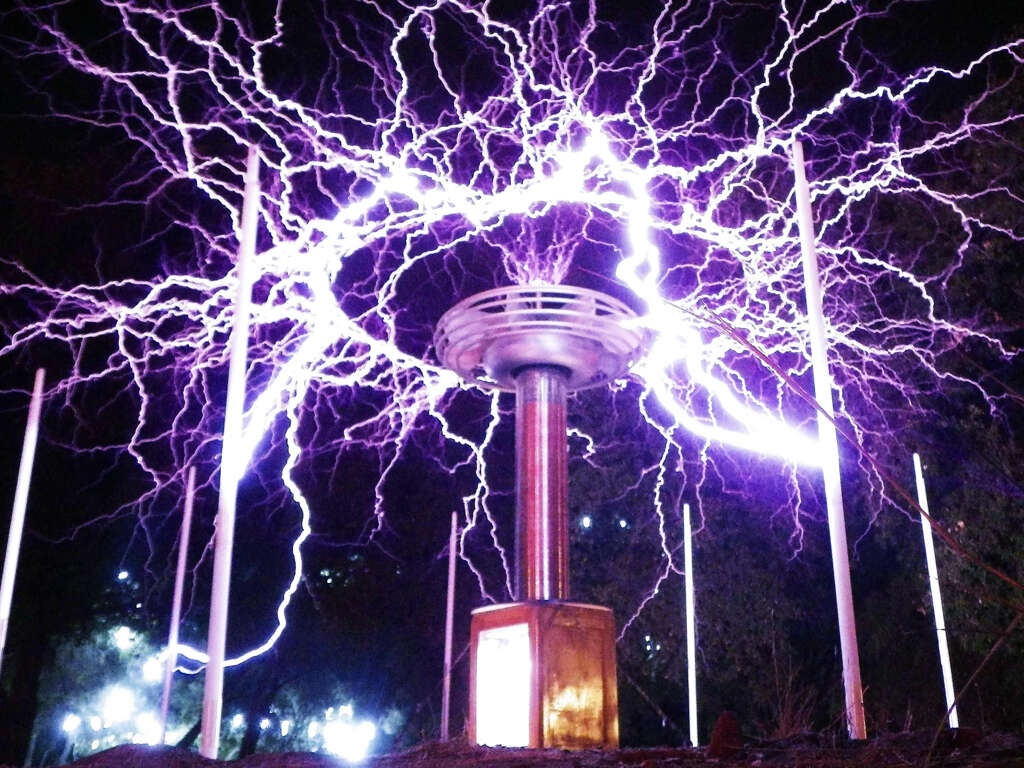Are Mermaids Real?
Throughout history, there have been countless mythical creatures dreamt up by people. While many of these are clearly nothing but fictional, there are some that have such a place in folklore that it makes one wonder if the stories are true. One of the most common of all is the mermaid.
The typical mermaid has an upper body of a lady and the lower body of a fish. The stories vary considerably, however, and in some parts of the world, mermaids are thought to be more of a monster to be feared. There have been many alleged sightings of mermaids in the past, and here’s a look at what they might mean.
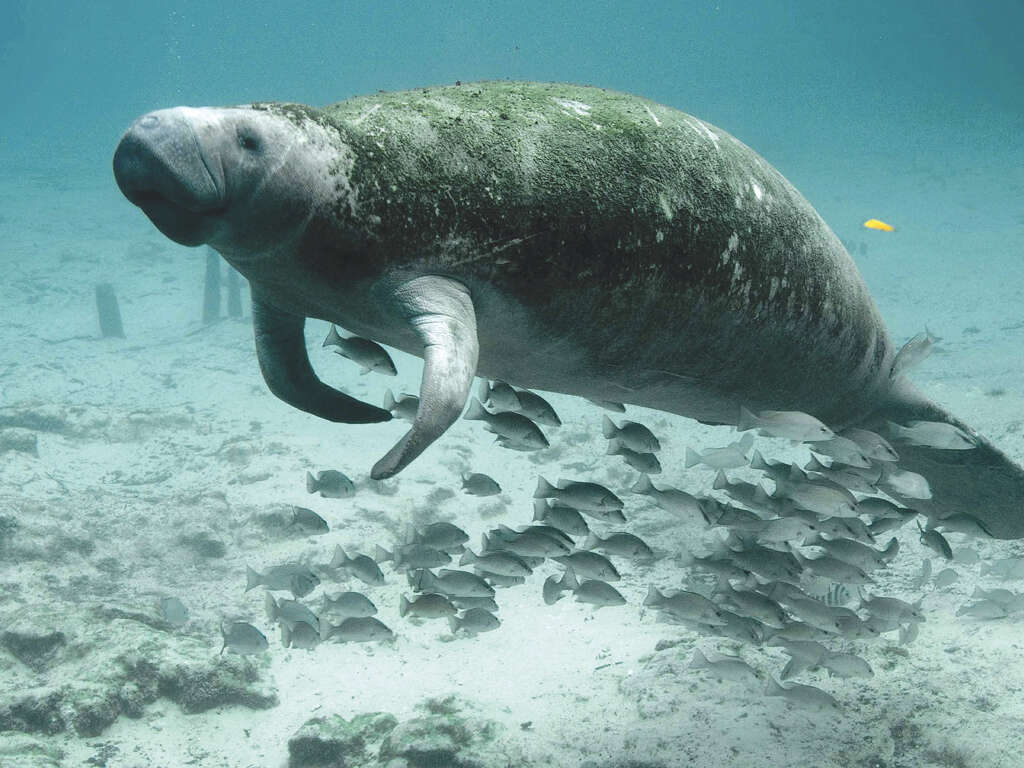
1. Narwhals
When European sailors first started to explore the arctic, they found themselves in a strange new world that few had ever imagined existed. They found a world of ice as far as you can see, and strange new animals that had adapted to living in the freezing conditions. One creature that they discovered was the narwhal. The narwhal is actually a species of whale that is perhaps best known for its distinctive tusk that protrudes from the front of its head. These creatures held a mystical allure to early sailors with some believing their tusks held magical powers. Some sailors of the time also believed these creatures were mermaids.
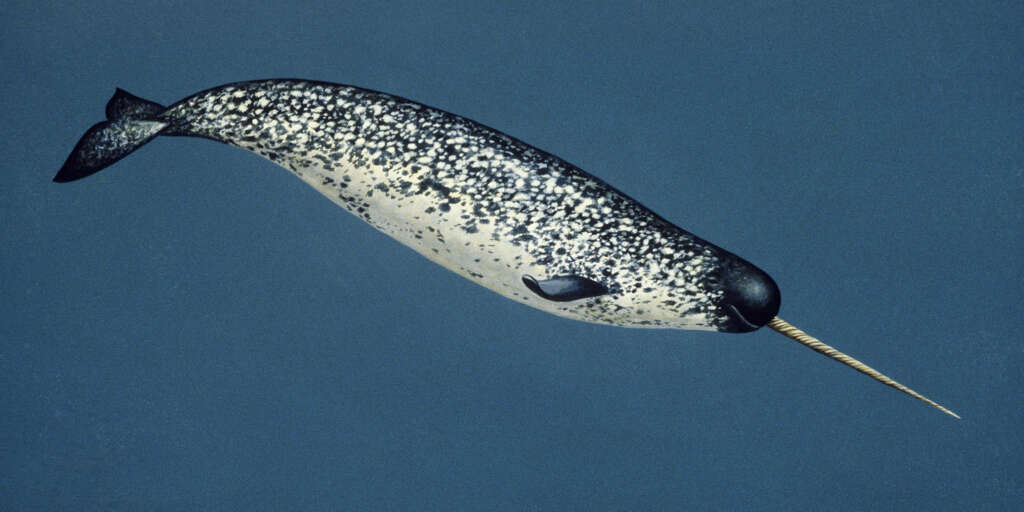
2. Manatees
Manatees, also known as sea cows, are gentle herbivorous animals that graze on marine vegetation. They are found living in East Africa, South America, and in the Amazon. When these creatures were first discovered by sailors, their odd appearance made the sailors wonder that perhaps there was something quite mystical about them.
It is thought that manatees are the main cause of supposed mermaid sightings. Of course, manatees are just gentle, and somewhat loveable, animals that have no mystical properties at all. Their close cousins, the dugong, may also be responsible for some mistaken mermaid reports.

3. Rotting Carcasses
Just like every other animal on Earth, marine animals die. When they die, they will often spend some time floating around the oceans, gradually decaying and being consumed by other marine animals. Occasionally, they will be washed ashore where they will sometimes be discovered by people.
Such is the state of decay of these carcasses that it is often all but impossible to tell which species they belonged to just by looking at them. Their unusual appearance would make some think they belonged to mythical creatures of the deep, including mermaids. Experts are often able to tell just what species they were by looking at signs like bone structure and DNA.

4. Deep-Sea Carcasses
We have so far explored only a tiny fraction of the seafloor. This is partly because the deeper parts of the ocean are under so much water that the water pressure there is immense. Only very specialized submarines can make it down there as the rest will simply be crushed by the immense forces.
Despite these immense pressures, the ocean down there is still teeming with life. Because they have to live in a very different environment to ours, many of the animals there are almost alien in appearance. These creatures will sometimes be found washed up on beaches or floating on the ocean surface, and some of these could have contributed to alleged mermaid sightings.
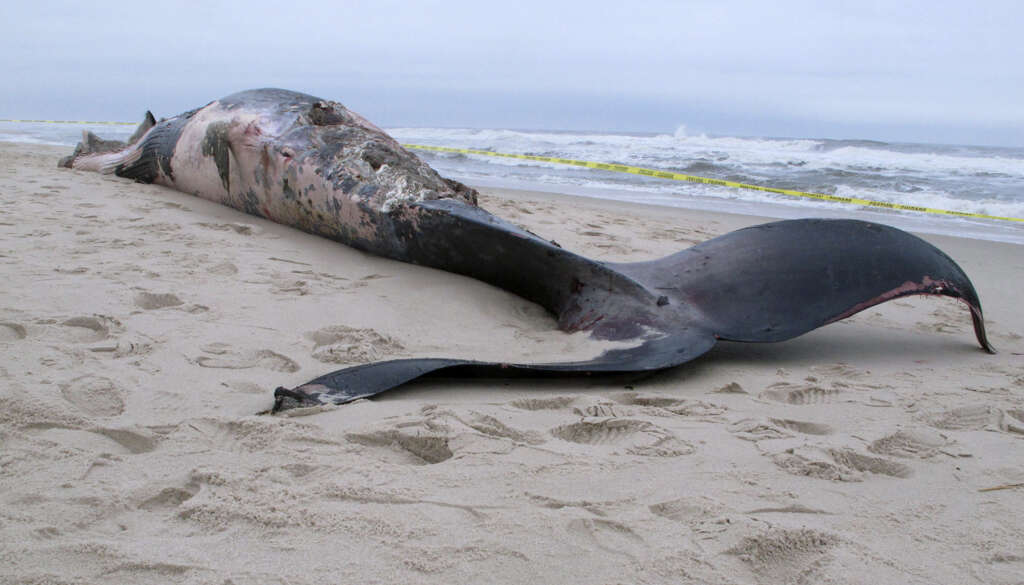
5. Rays
There are more than 600 species of rays. They are fish and close relatives of sharks, even if they do look quite different from their much-feared cousins. These majestic creatures are a joy to watch and some species can grow to be very large. They may also contribute to reports of mermaids being sighted.
On the underside of many ray species is a face that it alarmingly human-like in appearance, and it is easy to see how they could be mistaken for creatures that are part human and part fish. Also, you will find items known a Jenny Hanivers, which are ray carcasses that have been modified and then dried to resemble mythical creatures, including mermaids.

6. Feejee (Fiji) Mermaid
With stories of mermaids rife, especially during the days of exploration, there were opportunities for people to make money from them. Some people would do what they could to cash in, including making “mermaids” of their own. They would then try to sell these to gullible traders, or put them on display and charge people to see their creations.
One of the most famous examples of this was the Feejee (Fiji) Mermaid, so-called because it was supposedly caught close to the Fiji Islands. The “specimen” was initially purchased from Japanese sailors by an American naval captain. The mermaid was a big attraction during its time but is thought to have been destroyed in a fire. The “mermaid” was actually the back half of a fish sewn onto the head of a monkey.
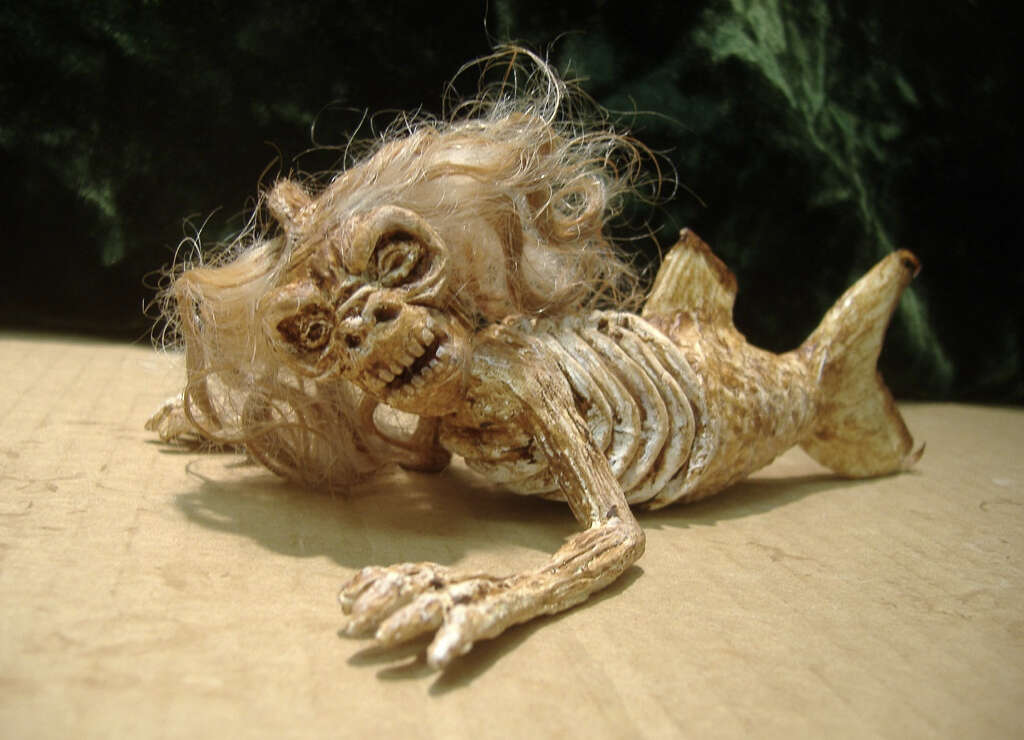
7. Horniman Mermaid
As already mentioned, fake “mermaids” used to be big business and at any one time there would be numerous specimens in shows, private collections, or in museums. Various different methods were used to create them, and many were quite convincing. Another example is the Horniman mermaid, so called because it is found in the Horniman Museum in London, England.
The museum curators had the specimen scanned to see what it was really made from. The results showed it is a combination of wood, clay, fish skin, and fish teeth. It would have been enough to fool a lot of people in the days before scanning technology was available.

8. Merman, London
Another London museum, the Science Museum, is home to a male mermaid, known as a merman. Mermen were supposedly less common but more aggressive than mermaids, depending on which legends you subscribed to. This particular exhibit is thought to have been created from around 1801 to 1900, and probably originated from the Netherlands or from Java.
The item has been closely examined to find out what it is made from. The results showed it was made from a combination of bone, fish skin, and paper. To make it look more realistic, claws, teeth, and fur were also added. It is still on display to all visitors today.
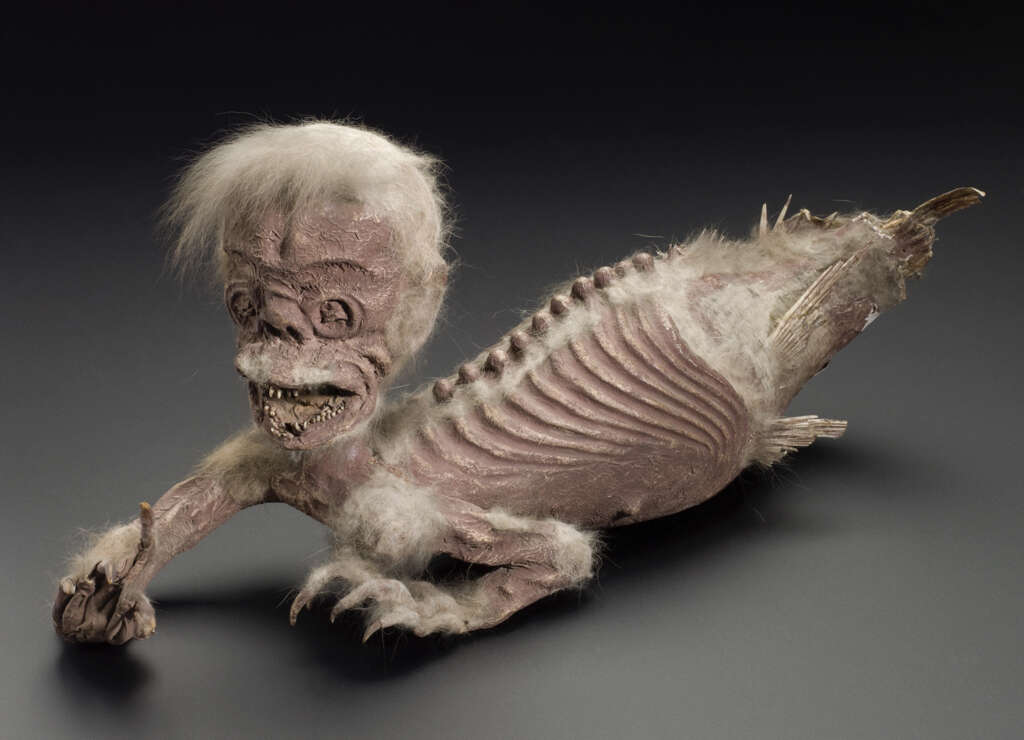
9. Fossils and Skeletons
Fossils are the remains of skeletons that have been turned into stone over a very long process. They have helped us to learn a lot about animal life before humans were on Earth, and have even helped us to have a look into the world of the dinosaurs. There will also occasionally be claims of discoveries of mermaid fossils.
Despite these claims, investigations into these “fossils” show that they are not fossils at all, or are fossils of another species. It is sometimes also the case that scientists are not allowed access to these fossils so the claims can never be verified. Images of these so-called fossils or skeletons will often turn out to have been manipulated with editing software such as photoshop.
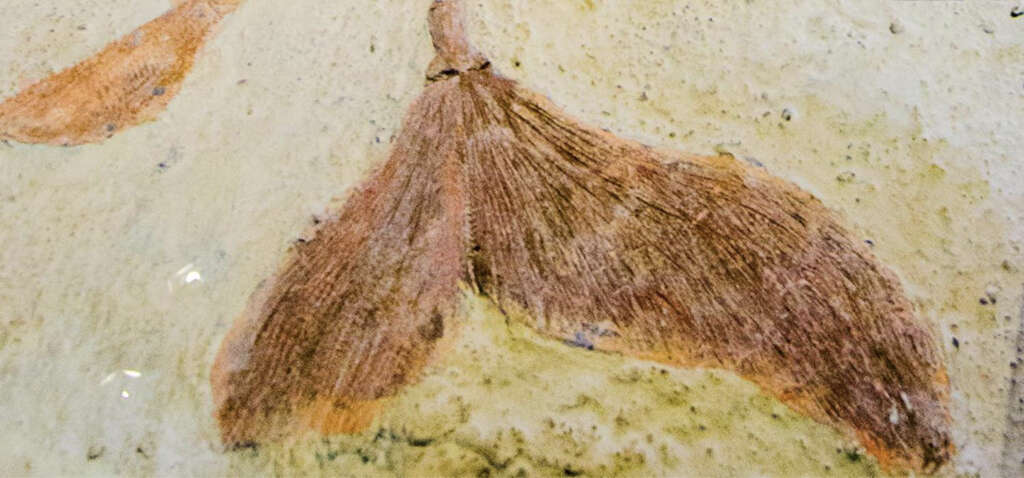
10. Folklore and Word of Mouth
Human beings are capable of having wonderful imaginations. We can think up wondrous stories of magnificent beasts with magical abilities. We can also be very creative in thinking up fascinating stories that will have people listening in with awe. Such stories are likely to be the reason why most people have believed in mermaids in the past.
Adults living in the modern world are less likely to fall for such stories, asking for evidence before they accept claims. Just because stories of mermaids are so often contrived, however, does not mean that none are true. We just cannot rule out the possibility that some sightings of mermaids in the past may have been genuine.








